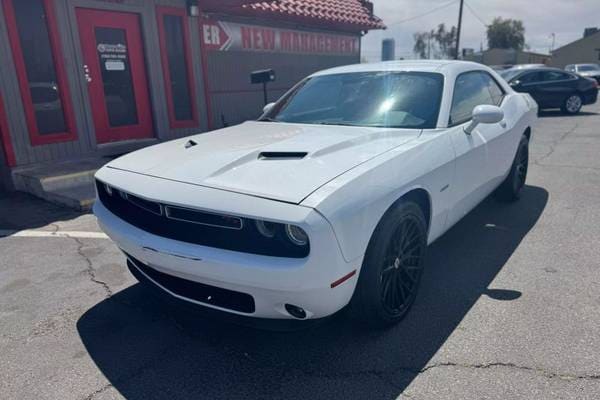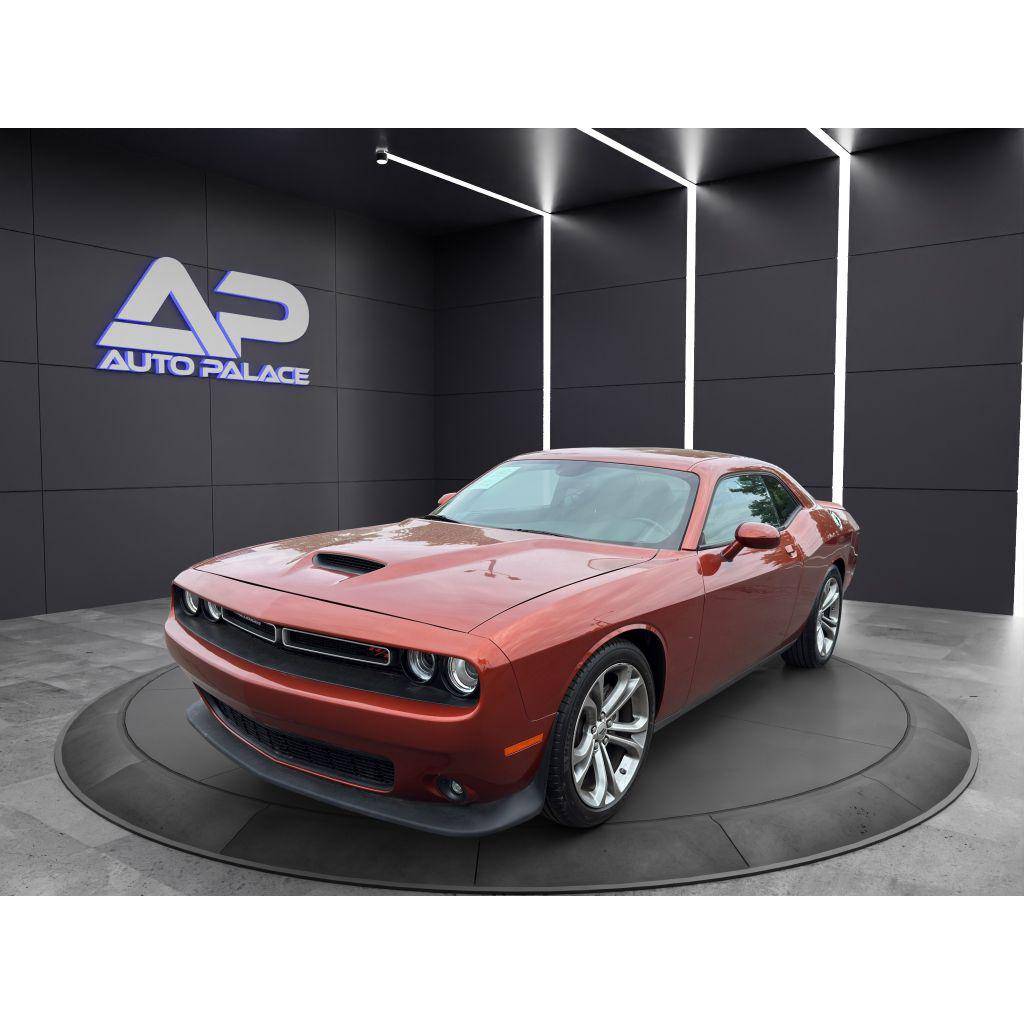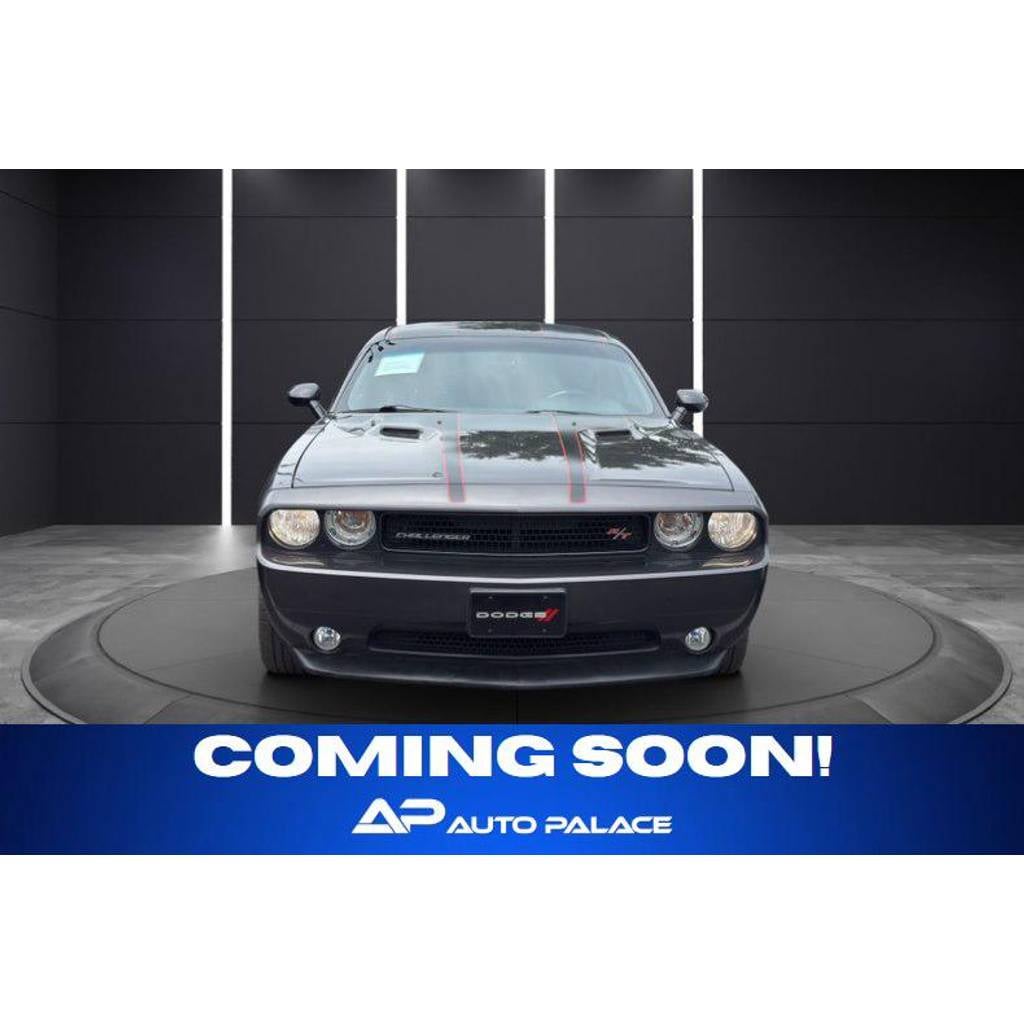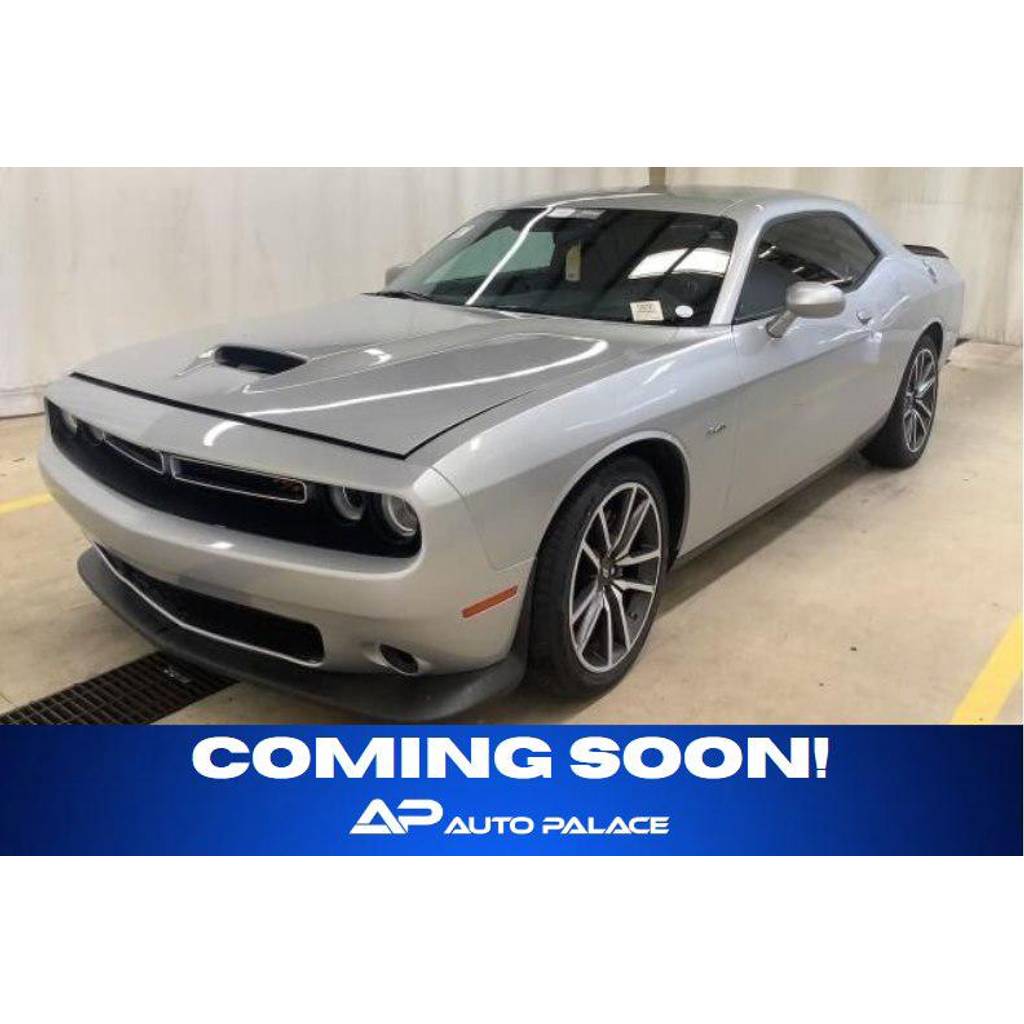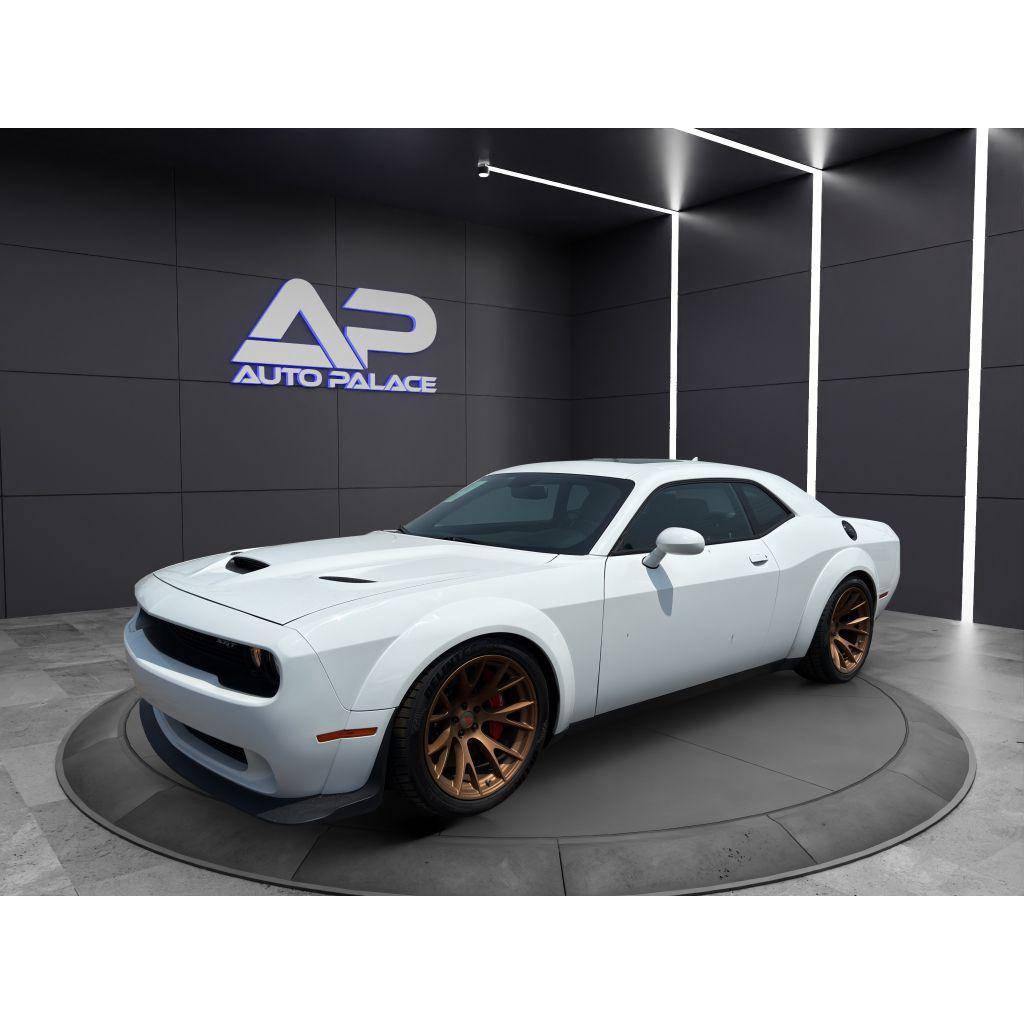- $17,895good price$1,716 below market
- 85,938 miles
- 1 accident, 5 owners, personal use only
- 8cyl automatic
- Approved Auto Sales (5 mi away)
Close
Located in Las Vegas, NV / 5 miles away from Las Vegas, NV
Discover the CHI Motors Difference Today!Looking for your next car? At CHI Motors, we believe in connecting you with real people, not automated system...
AutoCheck Vehicle History Summary
Accident Free Vehicle: No
Personal Use Only: Yes
History Provider: AutoCheck
Title Details: Clean Title
Salvage Vehicle: No
Frame Damage: No
Theft History: No
Lemon Status: No
Free History Report: No
Features and Specs:
Listing Information:
VIN: 2C3CDZAT4FH724622
Stock: 724622
Certified Pre-Owned: No - $23,777fair price$503 above market
- 106,089 miles
- No accidents, 3 owners, personal use only
- 8cyl automatic
- Towbin Dodge Ram (11 mi away)
Close
Located in Henderson, NV / 11 miles away from Las Vegas, NV
AutoCheck Vehicle History Summary
Accident Free Vehicle: Yes
Personal Use Only: Yes
History Provider: AutoCheck
Title Details: Clean Title
Salvage Vehicle: No
Frame Damage: No
Theft History: No
Lemon Status: No
Free History Report: No
Features and Specs:
17 Combined MPG (14 City/23 Highway)
Listing Information:
VIN: 2C3CDZFJXFH705239
Stock: TSP20785
Certified Pre-Owned: No
Listed since: 05-22-2025 - 69,773 miles
- No accidents, 2 owners, personal use only
- 6cyl automatic
- Newport Motors (2 mi away)
- Home delivery*
Close
Located in Las Vegas, NV / 2 miles away from Las Vegas, NV
Come see this 2015 Dodge Challenger SXT. Its Automatic transmission and Regular Unleaded V-6 3.6 L/220 engine will keep you going. This Dodge Challeng...
AutoCheck Vehicle History Summary
Accident Free Vehicle: Yes
Personal Use Only: Yes
History Provider: AutoCheck
Title Details: Clean Title
Salvage Vehicle: No
Frame Damage: No
Theft History: No
Lemon Status: No
Free History Report: No
Features and Specs:
23 Combined MPG (19 City/30 Highway)
Listing Information:
VIN: 2C3CDZAG7FH839833
Stock: B16313
Certified Pre-Owned: No
Listed since: 05-08-2025- $26,377good price$2,091 below market
- 61,947 miles
- No accidents, 2 owners, personal use only
- 8cyl automatic
- Ford Country (11 mi away)
- Home delivery*
Close
Located in Henderson, NV / 11 miles away from Las Vegas, NV
#1 Ford Dealer in Nevada. 2016 Dodge Challenger R/T Scat Pack Challenger R/T Scat Pack, 2D Coupe, SRT HEMI 6.4L V8 MDS, 8-Speed Automatic, RWD, Pitch ...
AutoCheck Vehicle History Summary
Accident Free Vehicle: Yes
Personal Use Only: Yes
History Provider: AutoCheck
Title Details: Clean Title
Salvage Vehicle: No
Frame Damage: No
Theft History: No
Lemon Status: No
Free History Report: No
Features and Specs:
Listing Information:
VIN: 2C3CDZFJ5GH289649
Stock: 75780A
Certified Pre-Owned: No
Listed since: 06-05-2025 - $14,357good price$1,596 below market
- 83,233 miles
- 3 accidents, 4 owners, corporate fleet vehicle
- 6cyl automatic
- Approved Auto Sales (5 mi away)
Close
Located in Las Vegas, NV / 5 miles away from Las Vegas, NV
Discover the CHI Motors Difference Today!Looking for your next car? At CHI Motors, we believe in connecting you with real people, not automated system...
AutoCheck Vehicle History Summary
Accident Free Vehicle: No
Personal Use Only: No
History Provider: AutoCheck
Title Details: Clean Title
Salvage Vehicle: No
Frame Damage: No
Theft History: No
Lemon Status: No
Free History Report: No
Features and Specs:
21 Combined MPG (18 City/27 Highway)
Listing Information:
VIN: 2C3CDYAG8EH311386
Stock: 311386
Certified Pre-Owned: No - $16,499fair price$791 above market
- 90,428 miles
- 4 accidents, 4 owners, corporate fleet vehicle
- 8cyl automatic
- Boktor Motors (5 mi away)
Close
Located in Las Vegas, NV / 5 miles away from Las Vegas, NV
AutoCheck Vehicle History Summary
Accident Free Vehicle: No
Personal Use Only: No
History Provider: AutoCheck
Title Details: Clean Title
Salvage Vehicle: No
Frame Damage: No
Theft History: No
Lemon Status: No
Free History Report: No
Features and Specs:
Listing Information:
VIN: 2C3CDYBT9EH188533
Stock: 259EH188533
Certified Pre-Owned: No
Listed since: 06-25-2025 - 6,450 miles
- No accidents, 2 owners, personal use only
- 8cyl automatic
- Sunrise Ford Fontana (196 mi away)
Close
Located in Fontana, CA / 196 miles away from Las Vegas, NV
AutoCheck Vehicle History Summary
Accident Free Vehicle: Yes
Personal Use Only: Yes
History Provider: AutoCheck
Title Details: Clean Title
Salvage Vehicle: No
Frame Damage: No
Theft History: No
Lemon Status: No
Free History Report: No
Features and Specs:
Listing Information:
VIN: 2C3CDYBT4EH288037
Stock: V67020
Certified Pre-Owned: No
Listed since: 05-05-2025- 110,365 miles
- No accidents, 1 owner, personal use only
- 8cyl manual
- AutoNation USA Centennial (11 mi away)
Close
Located in Las Vegas, NV / 11 miles away from Las Vegas, NV
Power SunroofScat Pack Appearance Group (Int/Ext)Sound Group IiSun/MoonroofLeather SeatsKeyless StartCooled Front Seat(S)Black; Suede/Nappa Per...
AutoCheck Vehicle History Summary
Accident Free Vehicle: Yes
Personal Use Only: Yes
History Provider: AutoCheck
Title Details: Clean Title
Salvage Vehicle: No
Frame Damage: No
Theft History: No
Lemon Status: No
Free History Report: No
Features and Specs:
17 Combined MPG (14 City/23 Highway)
Listing Information:
VIN: 2C3CDZFJ5GH316932
Stock: GH316932
Certified Pre-Owned: No
Listed since: 06-28-2025- 72,555 miles
- No accidents, 1 owner, personal use only
- 8cyl manual
- CarMax Centennial (8 mi away)
Close
Located in Las Vegas, NV / 8 miles away from Las Vegas, NV
CarMax values transparency and wants you to love your next car, not settle on it. Certain vehicles may have unrepaired safety recalls. Check nhtsa.gov...
AutoCheck Vehicle History Summary
Accident Free Vehicle: Yes
Personal Use Only: Yes
History Provider: AutoCheck
Title Details: Clean Title
Salvage Vehicle: No
Frame Damage: No
Theft History: No
Lemon Status: No
Free History Report: No
Features and Specs:
18 Combined MPG (15 City/23 Highway)
Listing Information:
VIN: 2C3CDZBT0GH178126
Stock: 27068339
Certified Pre-Owned: No- $52,990fair price$837 below market
- 8,382 miles
- No accidents, 2 owners, personal use only
- 8cyl manual
- Carvana (In-stock online)
- Home delivery*
Close
Located in Portland, OR / 755 miles away from Las Vegas, NV
At Carvana, we go miles beyond the extra mile. That's why we provide you with a convenient, fast, and hassle-free car buying experience that puts you ...
AutoCheck Vehicle History Summary
Accident Free Vehicle: Yes
Personal Use Only: Yes
History Provider: AutoCheck
Title Details: Clean Title
Salvage Vehicle: No
Frame Damage: No
Theft History: No
Lemon Status: No
Free History Report: No
Features and Specs:
16 Combined MPG (13 City/22 Highway)
Listing Information:
VIN: 2C3CDZC99FH887865
Stock: 2003720398
Certified Pre-Owned: No
Listed since: 05-09-2025 - $19,127good price
- 65,687 miles
- No accidents, 4 owners, corporate fleet vehicle
- 8cyl manual
- Driveway (In-stock online)
- Home delivery*
Close
Located in Dallas, TX / 1,066 miles away from Las Vegas, NV
Low Mileage,Rare Find,Bluetooth,Brake Assist,Keyless Start,Satellite Radio,Power Door Locks,Satellite Radio,Brake Assist,Floor Mats,Gasoline Fuel,ABS,...
AutoCheck Vehicle History Summary
Accident Free Vehicle: Yes
Personal Use Only: No
History Provider: AutoCheck
Title Details: Clean Title
Salvage Vehicle: No
Frame Damage: No
Theft History: No
Lemon Status: No
Free History Report: No
Features and Specs:
18 Combined MPG (15 City/23 Highway)
Listing Information:
VIN: 2C3CDZAT2FH706717
Stock: FH706717P
Certified Pre-Owned: No - $35,998fair price$350 below market
- 15,557 miles
- No accidents, 2 owners, personal use only
- 8cyl manual
- CarMax (In-stock online)
- Transfer available from Reno, NV*
Close
Located in Reno, NV / 338 miles away from Las Vegas, NV
CarMax values transparency and wants you to love your next car, not settle on it. Certain vehicles may have unrepaired safety recalls. Check nhtsa.gov...
AutoCheck Vehicle History Summary
Accident Free Vehicle: Yes
Personal Use Only: Yes
History Provider: AutoCheck
Title Details: Clean Title
Salvage Vehicle: No
Frame Damage: No
Theft History: No
Lemon Status: No
Free History Report: No
Features and Specs:
17 Combined MPG (14 City/23 Highway)
Listing Information:
VIN: 2C3CDZDJ0FH901113
Stock: 27044937
Certified Pre-Owned: No - $16,995good price$1,271 below market
- 107,783 miles
- 2 accidents, 3 owners, personal use only
- 8cyl automatic
- Sunrise Auto Sales LV (4 mi away)
Close
Located in Las Vegas, NV / 4 miles away from Las Vegas, NV
AutoCheck Vehicle History Summary
Accident Free Vehicle: No
Personal Use Only: Yes
History Provider: AutoCheck
Title Details: Clean Title
Salvage Vehicle: No
Frame Damage: No
Theft History: No
Lemon Status: No
Free History Report: No
Features and Specs:
Listing Information:
VIN: 2C3CDZAT4FH869367
Stock: 11273
Certified Pre-Owned: No
Listed since: 05-15-2025 - $36,990fair price$619 above market
- 24,899 miles
- No accidents, 4 owners, personal use only
- 8cyl automatic
- Carvana (In-stock online)
- Home delivery*
Close
Located in Phoenix, AZ / 252 miles away from Las Vegas, NV
At Carvana, we go miles beyond the extra mile. That's why we provide you with a convenient, fast, and hassle-free car buying experience that puts you ...
AutoCheck Vehicle History Summary
Accident Free Vehicle: Yes
Personal Use Only: Yes
History Provider: AutoCheck
Title Details: Clean Title
Salvage Vehicle: No
Frame Damage: No
Theft History: No
Lemon Status: No
Free History Report: No
Features and Specs:
Listing Information:
VIN: 2C3CDZDJ0FH714941
Stock: 2003816855
Certified Pre-Owned: No
Listed since: 06-12-2025 - $14,788fair price$230 below market
- 75,128 miles
- 1 accident, 3 owners, personal use
- 6cyl automatic
- Palm Springs Subaru (181 mi away)
Close
Located in Cathedral City, CA / 181 miles away from Las Vegas, NV
AutoCheck Vehicle History Summary
Accident Free Vehicle: No
Personal Use Only: Yes
History Provider: AutoCheck
Title Details: Clean Title
Salvage Vehicle: No
Frame Damage: No
Theft History: No
Lemon Status: No
Free History Report: No
Features and Specs:
23 Combined MPG (19 City/30 Highway)
Listing Information:
VIN: 2C3CDZAG2FH901008
Stock: U3115
Certified Pre-Owned: No
Listed since: 06-05-2025 - $26,698good price$1,712 below market
- 53,250 miles
- 1 accident, 5 owners, personal use only
- 8cyl manual
- Car Pros Kia Moreno Valley (193 mi away)
Close
Located in Moreno Valley, CA / 193 miles away from Las Vegas, NV
AutoCheck Vehicle History Summary
Accident Free Vehicle: No
Personal Use Only: Yes
History Provider: AutoCheck
Title Details: Clean Title
Salvage Vehicle: No
Frame Damage: No
Theft History: No
Lemon Status: No
Free History Report: No
Features and Specs:
17 Combined MPG (14 City/23 Highway)
Listing Information:
VIN: 2C3CDZFJ6FH728498
Stock: S5366910A
Certified Pre-Owned: No
Listed since: 05-27-2025 - $19,999fair price$139 above market
- 92,386 miles
- No accidents, 3 owners, corporate fleet vehicle
- 8cyl automatic
- Driveway (In-stock online)
- Home delivery*
Close
Located in Idaho Falls, ID / 532 miles away from Las Vegas, NV
High Demand,Blind Spot Monitor,Bluetooth,Brake Assist,Keyless Start,Navigation System,Satellite Radio,WiFi Hotspot,HD Radio,Power Door Locks,Satellite...
AutoCheck Vehicle History Summary
Accident Free Vehicle: Yes
Personal Use Only: No
History Provider: AutoCheck
Title Details: Clean Title
Salvage Vehicle: No
Frame Damage: No
Theft History: No
Lemon Status: No
Free History Report: No
Features and Specs:
Listing Information:
VIN: 2C3CDZAT5FH711295
Stock: 6222A
Certified Pre-Owned: No - $35,990fair price$1,182 above market
- 35,784 miles
- No accidents, 1 owner, personal use only
- 8cyl automatic
- Carvana (In-stock online)
- Home delivery*
Close
Located in Colorado Springs, CO / 592 miles away from Las Vegas, NV
At Carvana, we go miles beyond the extra mile. That's why we provide you with a convenient, fast, and hassle-free car buying experience that puts you ...
AutoCheck Vehicle History Summary
Accident Free Vehicle: Yes
Personal Use Only: Yes
History Provider: AutoCheck
Title Details: Clean Title
Salvage Vehicle: No
Frame Damage: No
Theft History: No
Lemon Status: No
Free History Report: No
Features and Specs:
Listing Information:
VIN: 2C3CDZDJ1FH702457
Stock: 2003839448
Certified Pre-Owned: No
Listed since: 06-19-2025 - $34,990fair price$1,381 above market
- 36,936 miles
- No accidents, 3 owners, personal use only
- 8cyl manual
- Carvana (In-stock online)
- Home delivery*
Close
Located in Chicago, IL / 1,485 miles away from Las Vegas, NV
At Carvana, we go miles beyond the extra mile. That's why we provide you with a convenient, fast, and hassle-free car buying experience that puts you ...
AutoCheck Vehicle History Summary
Accident Free Vehicle: Yes
Personal Use Only: Yes
History Provider: AutoCheck
Title Details: Clean Title
Salvage Vehicle: No
Frame Damage: No
Theft History: No
Lemon Status: No
Free History Report: No
Features and Specs:
17 Combined MPG (14 City/23 Highway)
Listing Information:
VIN: 2C3CDZDJ2FH798647
Stock: 2003774812
Certified Pre-Owned: No
Listed since: 06-28-2025 - $28,590fair price$743 above market
- 21,232 miles
- 8cyl manual
- Carvana (In-stock online)
- Home delivery*
Close
Located in Indianapolis, IN / 1,590 miles away from Las Vegas, NV
At Carvana, we go miles beyond the extra mile. That's why we provide you with a convenient, fast, and hassle-free car buying experience that puts you ...
AutoCheck Vehicle History Summary Unavailable.
Features and Specs:
18 Combined MPG (15 City/23 Highway)
Listing Information:
VIN: 2C3CDZAT1FH703419
Stock: 2003846117
Certified Pre-Owned: No
Listed since: 07-02-2025 - 75,773 miles
- Frame damage reported, 2 owners, personal use
- 6cyl automatic
- Solid Motorcars (2 mi away)
Close
Located in Las Vegas, NV / 2 miles away from Las Vegas, NV
AutoCheck Vehicle History Summary
Accident Free Vehicle: No
Personal Use Only: Yes
History Provider: AutoCheck
Title Details: Issue reported
Salvage Vehicle: No
Frame Damage: Yes
Theft History: No
Lemon Status: No
Free History Report: No
Features and Specs:
23 Combined MPG (19 City/30 Highway)
Listing Information:
VIN: 2C3CDZAG5HH501432
Stock: 250212
Certified Pre-Owned: No
Consumer Reviews for the Dodge Challenger
Traded in a 2012 Chrysler 300c AWD Luxury Series..
FAQ
What is a good price for a used 2015 Dodge Challenger?
- According to Edmunds.com's True Market Value calculations, the retail price of a used 2015 Dodge Challenger's most popular trim, the SRT Hellcat, in great condition with 96,000 miles on its odometer, is $43,995. Prices vary by trim, region and options included.
How is the Hellcat Hemi engine different than the 6.4-liter Hemi?
- The Hellcat Hemi engine features a forged steel crankshaft with 3.6-millimeter shorter throws, special forged alloy pistons, and a pair of specially prepped aluminum cylinder heads. It also uses a Lysholm-like twin-screw compressor co-developed by Chrysler and IHI of Japan, which is geared to turn at 2.36 times engine speed while producing a maximum of 11.6 psi of boost. This results in 707 hp at 6,000 rpm and a maximum torque rating of 650 lb-ft at 4,000 rpm.
Applied Filters4Active
Make & Model
Year
New / Used
Price & Payments
Price Rating
Trim
Mileage
Accidents & History
Engine & Drivetrain
Exterior Color
Interior Color
Total Seating
Edmunds Review
Features
Options & Packages
MPG
* Delivery of any kind does not apply to Alaska and Hawaii. Contact the dealer for delivery details, restrictions and costs.
